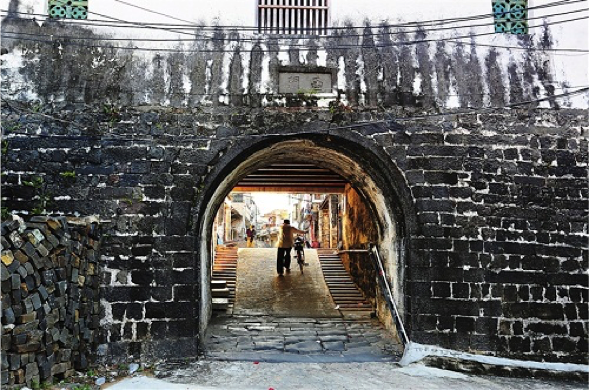The Lives and Afterlives of Imperial Material Infrastructure in Southeastern China
This project (InfraLives) offers a critical analysis of how large-scale infrastructures such as roads, city walls, and bridges have contributed to regional and empire-wide integration, but equally why and how processes of integration regularly broke down, and how large-scale infrastructure projects contributed to countervailing trends including local tension, local autonomy, and cross-border regional formations.
By systematically comparing historical infrastructure projects and remains in the areas coinciding with the provinces Zhejiang and Guangdong, we will lay the foundation for further comparative work on the history of large-scale infrastructures.
We aim to
- map the appearance and disappearance of large-scale infrastructures across the Chinese and neighboring territories between 1000 and 1800 based on the extant textual and archeological record;
- conduct spatial analyses of the distribution of particular features of these infrastructures, their construction, maintenance, breakdown, uses and cultural meanings;
- compare data derived from the large historical textual record and from modern archeological reports and the photographic record;
- publish research in the fields of history, digital archeology, and critical infrastructure studies that will substantially revise existing Chinese historiographies of communication and urban networks and contribute to emerging historiographies that place socio-economic and cultural developments in regional contexts and cross-border contact zones;
- develop an event-based digital annotation method that will be generalized and made available for broader use in digital humanities projects in various languages;
- foster broader debate about the past and present uses and meanings of imperial infrastructures and about the uses of the digitization of material infrastructures.
InfraLives also houses a broad range of social impact activities. In order to engage with social interest in material infrastructures and their digitization, we are planning several events including a workshop on the material aspects of construction, an exhibition featuring graphic representations of walls, a discussion on belonging and separation as expressed and constructed in graphic media representing walls, a roundtable among historians, archaeologists, architects, and contractors on current practices in the digital construction and reconstruction of material infrastructure. We are also collaborating with local partners to produce bottom-up stories about contemporary uses of historical infrastructures and with industry to make our data available through linked open data.
Project website: https://www.infrastructurelives.eu/
Project lead: : Hilde De Weerdt, Professor of Chinese and Early Modern Global History (KU Leuven and IISH)



